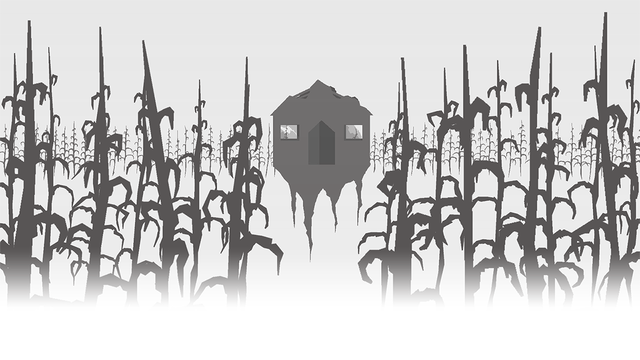Home is Where the Heart is.
Have you ever had a serious conversation and wished it had gone differently? Ever played out scenarios in your head of the same memory going better than it had? Have you ever said things you later regretted, or regret never saying anything? Three Fourths Home explores these conundrums through a choose-your-own-adventure style narrative which will leave the player moved and, quite possibly, disturbed.
With that said, if you have any interest in this game, stop reading this review and go try it out. Three Fourths Home features an interactive story best experienced with little to no expectations. It’s criminally short, and loses some of its magic with any revisits after completion; but with an incredibly well written script, and a seamless conversation simulator, Three Fourths Home delivers a bold and harrowing experience which will occupy your thoughts for days after the credits roll.
Gameplay and Interaction
Calling Three Fouths Home a videogame feels misleading and somewhat lazy. The only control the player has over Kelly, the game’s protagonist, is a drive button. With nothing more than a panoramic view of the road and no game world to navigate, the game is otherwise experienced through written dialogue. As you drive, Kelly converses with different members of her family over the phone, discussing things as trivial as the weather and as deep as family deaths. As Kelly, the player chooses each response she makes throughout the game, and every response opens up different branches of dialogue. As you make choices, it becomes increasingly apparent that you are shaping Kelly’s relationships, her past, her future–even her attitude seems tailored to your agency. All of this feels seamless and fluent throughout the game’s thirty minute run time.
Though much is happening dramatically, the only visuals presented are the lonely Nebraska road and occasional landmarks. At the game’s opening, the player is instructed to drive. From then on, if you lay off the gas, the car slows to a stop, and so does the world around you. Though this stands as the barest minimum of gameplay input, it demands that the player be constantly involved. Otherwise, you can also tinker with the car’s lights, radio, window-wipers, and other appliances as you drive; or you can simply drive, listen to the rain patter against the windshield, and watch the monochromatic scenery pass by as you venture home.
Regretful Replays
Of course, like many choice-based games before it (eg The Walking Dead, Mass Effect, Life is Strange, etc), the magic of Three Fourths Home wears off slightly when pulling back the curtain. For trophy hunters, the game demands that you replay the story and try different dialogue options. Though discovering the game’s range of possibilities and digging up story details previously missed was impressive, playing through games like this a second time always tends to reveal their limitations. Games like Three Fourths Home are clearly meant to be one-and-done experiences, but trophies and curiosity often seem to trump artistic integrity.
VERDICT
Three Fourths Home is a game like no other, unique enough to warrant the argument for whether it is a game at all. It is a story of regret which touches on some very real issues while still issuing enough lighthearted banter to make it feel genuine. Some may be underwhelmed by its supremely minimalist nature, short run-time, and almost total lack of gameplay; but when embraced as a purely narrative experience, Three Fourths Home‘s brilliantly written script and seamless dialogue mechanics deliver an incredible story which hits all four fourths of the way home.










Published: Oct 22, 2015 08:49 pm